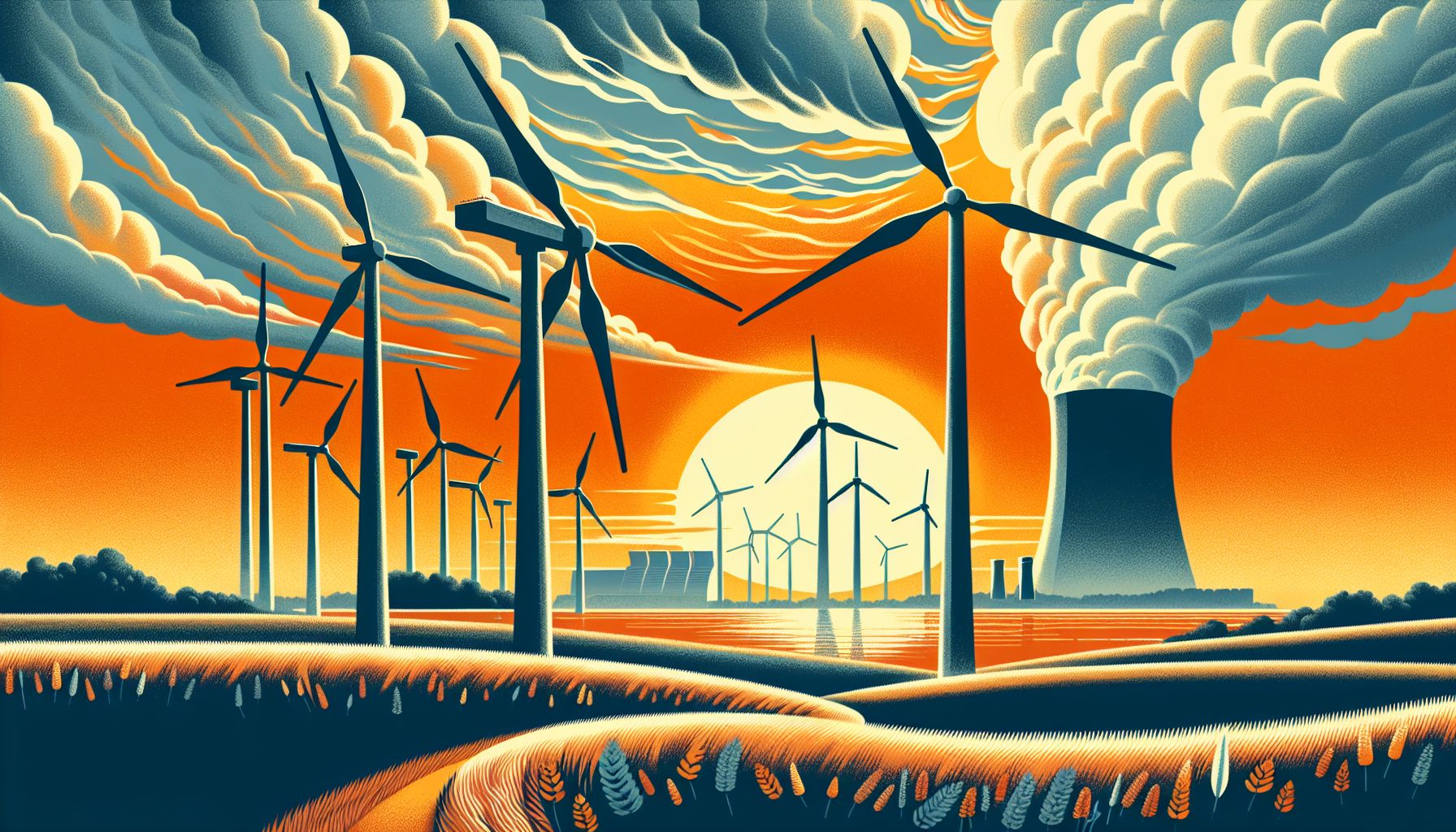Wind Energy Surpasses Natural Gas in EU Electricity Production

Brussels, Thursday, 12 September 2024.
Wind energy has become the second-largest source of electricity in the EU, overtaking natural gas and trailing only nuclear power. This milestone, announced by the European Commission, marks a significant achievement in the EU’s renewable energy policies over the past five years.
A Milestone in Renewable Energy
As of July 2024, wind energy accounted for a substantial portion of the EU’s electricity generation, a shift driven by concerted policy efforts and technological advancements. The European Commission’s annual energy report highlighted that nearly 50% of the EU’s electricity now comes from renewable sources, with wind energy playing a pivotal role. This development is seen as a major victory for the EU’s climate neutrality goals and its endeavor to enhance energy security.
Decline in Dependency on Natural Gas
The EU has significantly reduced its reliance on natural gas, particularly from Russian imports. In 2021, Russian gas accounted for 45% of the EU’s imports, but this figure dropped to 18% by June 2024. Eurocommissioner Kadri Simson emphasized that this reduction demonstrates the EU’s growing independence from such critical energy supply risks. The shift away from natural gas is not just a win for renewable energy but also a strategic move to bolster the EU’s energy security[1].
Advancements in Wind Energy Technology
Innovation has been at the heart of wind energy’s rise in the EU. Organizations like WindEurope, which represents over 450 member companies, have been instrumental in advocating for policies and technologies that support the expansion of wind energy. The collaboration between industry stakeholders has led to significant technological advancements, such as the development of ‘motionless’ wind turbines by Aeromine Technologies, which are being trialed in Oxford, UK. These turbines aim to solve noise and wildlife disruptions typically associated with traditional wind turbines[2].
Economic and Environmental Benefits
The shift towards wind energy not only aligns with the EU’s environmental goals but also promises economic benefits. Lowering energy prices is a key focus for the European Commission, as it is crucial for enhancing the competitiveness of EU industries. The report underscores the need for continued efforts to bring energy prices down, a move that could further stimulate economic growth and innovation within the renewable energy sector[1].
Future Prospects and Challenges
While the progress in wind energy is commendable, the journey towards complete climate neutrality is ongoing. The Clean Energy for EU Islands initiative, for example, aims to help over 2,200 inhabited European islands transition to 100% renewable energy by 2030. This initiative provides technical support and capacity-building activities to ensure these islands achieve energy independence. Such projects highlight the EU’s commitment to a sustainable future but also underscore the need for continued innovation and investment in renewable technologies[3].

